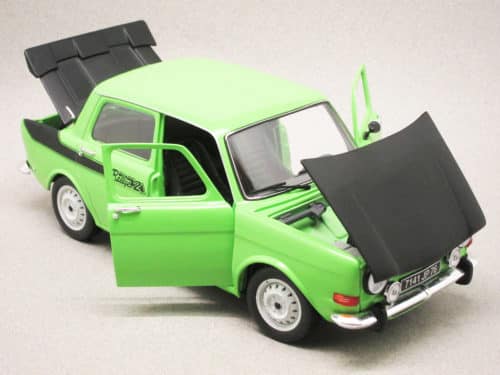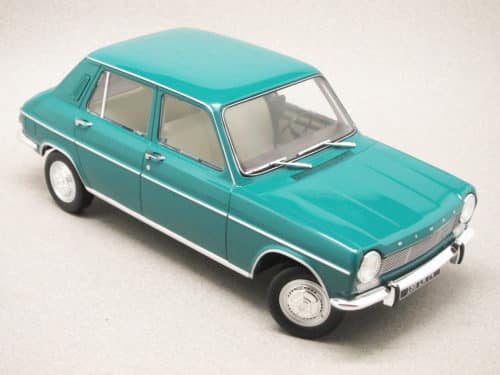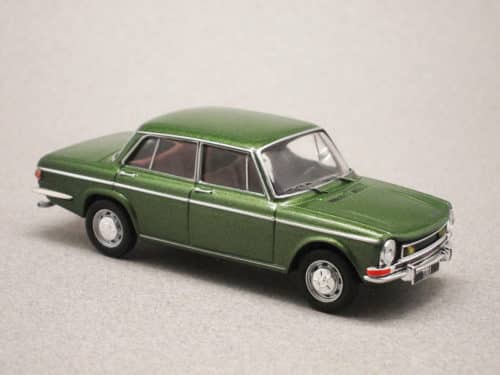Categories
- Uncategorized
- Brands
- Aspark
- Abarth
- AC
- ACMAT
- Acura
- Adler
- AEC
- Aero
- Aero Flite
- Aerocar
- AGF Serval
- Airstream
- Aiways
- Alamagny
- ALCA
- Aleko
- Alfa Romeo
- Allard
- Alpina
- Alpine
- Alvis
- AMC
- AMG
- Amilcar
- Amphicar
- Anadol
- Armstrong Siddeley
- Arnolt
- ARO
- Artz
- Aston Martin
- Auburn
- Audi
- Aurus
- Austin
- Austin-Healey
- Auto-Union
- Autobianchi
- Avia
- AWZ
- Babich
- Barkas
- Barnard
- BB
- Bedford
- Bentley
- Berkeley
- Berliet
- Bertone
- Beutler
- Bianco
- Bitter
- Bizzarrini
- BMW
- Borgward
- Bosley
- Brabus
- Brasier
- Brasinca
- Bristol
- Brütsch
- Buckle
- Bugatti
- Bugre
- Buick
- Burney
- Büssing
- Cadillac
- Caterham
- CG
- Chausson
- Checker
- Chenard & Walcker
- Chevrolet
- Chevrolet Corvette
- Chrysler
- Cisitalia
- Citeria
- Citroën in 1:18 scale
- Citroën in 1:43 scale
- Commer
- Cord
- Costin Nathan
- Covington
- Cuningham
- Dacia
- DAF
- Daihatsu
- Daimler
- Dangel
- Datsun
- DB
- De Lorean
- De Tomaso
- Delage
- Delahaye
- Denzel
- DeSoto
- Devon
- Diamond Reo
- Diamond T
- Dixi
- DKW
- Dodge
- Dome
- Donkervoort
- DS
- Dual-Ghia
- Dubonnet
- Duesenberg
- Edsel
- EMW
- Enzmann
- Excalibur
- Facel Vega
- Ferrari-en
- Fiat
- Fleetwood Enterprises
- Ford
- Freightliner
- Friedrich Rometsch
- FSO
- Fuji
- Fuso
- GAC Motor
- Gatso
- GAZ
- Ghia
- Gillet
- Ginetta
- Glas
- Glasspar
- GM
- GMC
- Goggomobil
- Goliath
- Gomolzig
- Gordon
- Gordon-Keeble
- Graham-Paige
- Gumpert
- Gutbrod
- Hanomag
- Hansa
- Hénon
- Henry J
- Henschel
- Hewson
- Hillman
- Hispano-Suiza
- Holden
- Hommell
- Honda
- Hong Qi
- Horch
- Hotchkiss
- Hudson
- Humber
- Hummer
- Hunt
- Hymer
- Hyundai
- IFA
- Ikarus
- Imperial
- IMZ
- Infiniti
- Innocenti
- Intermeccanica
- International
- Invicta
- Irisbus
- Irmscher
- Isdera
- Iso
- Isotta Fraschini
- Isuzu
- Iveco
- Jaguar
- Jamos
- Jeep
- Jensen
- Jowett
- Kahlbacher
- Kaiser
- Kalmar
- Kamaz
- Kamm
- Kenworth
- KIA
- KIM
- Koenigsegg
- Kohlruss
- KrAZ
- Krupp
- KTM
- Kurtis
- Lada
- Lagonda
- Lamborghini
- Lancia
- Land Rover
- Lanz
- LaSalle
- Laurin & Klement
- Lea-Francis
- Leichtbau
- Leningrad
- Lexus
- Leyat
- Lightburn
- Ligier
- Lincoln
- Lloyd
- LMX Sirex
- Lotus
- LTI
- LuAZ
- Lynx
- Lysell
- Mack
- Magirus
- Maico
- MAN
- Manic
- Manta Ray
- Marathon
- Marussia
- Maserati
- Mathis
- Matra
- Matra-Simca
- Maybach
- Mazda
- McLaren
- McQuay-Norris
- Melkus
- Mercedes in 1:18 scale
- Mercedes in 1:43 scale
- Mercer
- Mercury
- Messerschmitt
- MG
- Mikrus
- Mini
- Mismaque
- Mitsubishi
- Mitsuoka
- Mohs Motor Car
- MOL
- Monica
- Monteverdi
- Moretti
- Morgan
- Morris
- Moskvich
- Multicar
- Murena Motors
- Nardi
- Nash
- Neckar
- Neoplan
- Nissan
- Norman Timbs
- NSU
- Oldsmobile
- Oltcit
- OM
- Opel
- OSCA
- Packard
- Pagani
- Panhard
- Panther
- Peerless
- Pegaso
- Persu
- Peterbilt 352 H (IXO) 1:43
- Petermax Müller
- Peugeot in 1:18 scale
- Peugeot in 1:43 scale
- Phänomen
- Phantom
- Piaggio
- Pierce-Arrow
- Pininfarina
- Playboy
- Plymouth
- Polestar
- Polski-Fiat
- Pontiac
- Porsche in 1:18 scale
- Porsche in 1:43 scale
- Porsche in 1:87 scale
- Praga
- Puma
- Rambler
- Ramses
- Rapid
- Reliant
- Renault in 1:18 scale
- Renault in 1:43 scale
- Reyonnah
- Riley
- Robur
- Rochet – Schneider
- Rolls-Royce
- Rosengart
- Rover
- RUF
- Ruhrfahrzeugbau
- Saab
- Sabra
- Sachsenring
- Salmson
- Saurer
- Saviem
- SC Johnson Wax
- Scania
- Schlörwagen
- Scion
- Seagrave
- Seat
- Setra
- SFM
- Shanghai
- Shelby
- Shelter
- Siata
- Simca
- Simson
- Singer
- Sinpar
- Skoda
- Smart
- Smeal
- SMZ
- Spyker
- Steyr-Puch
- Stout
- Stratos
- Studebaker
- Stutz
- Subaru
- Sud-Aviation
- Sunbeam
- Suzuki
- Syrena
- Talbot
- Tarpan
- Tata
- Tatra
- Tesla
- Thunderbolt
- Thurner
- Toyopet
- Toyota
- Trabant
- Triumph
- Triver
- Troll
- Tucker
- TVR
- Uaz
- UNIC
- Unimog
- Vanden Plas
- Vauxhall
- Vector
- Velam
- Vemac
- Venturi
- Veritas
- Voisin
- Volkswagen
- Volugrafo
- Volvo
- Walter
- Wanderer
- Ward LaFrance
- Warszawa
- Wartburg
- White Company
- Wiesmann
- Wikov
- Willème
- Willys
- Wolseley
- Yamaha
- Yugo
- Zagato
- Zastava
- Zaz
- Zil
- ZIS
- Zündapp
- Zunder
- Cars
- Commercial vehicles
- Competition
- Advertising vehicles
- Concept cars
- Fire and Rescue
- Police cars
- Ambulances/Hearses
- JAPAN IMPORTS
- Buses
- Movies and TV series
- 1:18 SCALE SELECTION
- 1:64 scale selection
- 1:87 scale selection
- Tour de France
- Campers
- Helicopters
- Accessories
- All Citroën 2CVs!
- Manufacturer news
- Minicarweb selection
- Gift wrapping
- FLASH SALES
Manufacturers
Sales !
Useful information
Newsletter
Tags
Tags
Simca
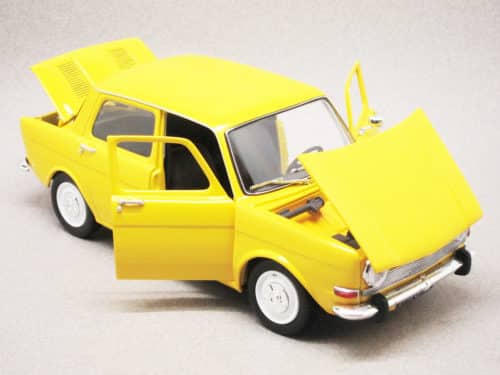
In stock
Simca 1000 LS 1974 Maya Yellow (Norev) 1:18
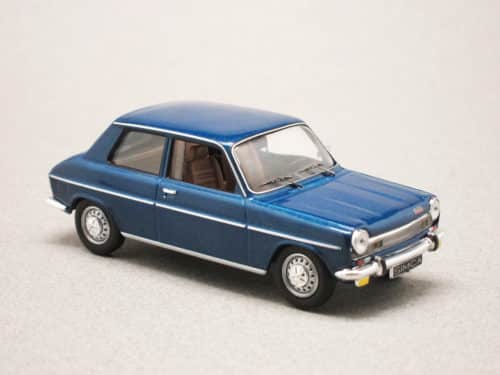
Simca 1100 3-door blue (IXO) 1:43

In stock
Simca 1000 Rallye 2 (Norev) 1:87

In stock
Simca 1000 red (Norev) 1:87
The career of the Simca 1000, released in late 1961, started rather slowly, even though its three-box design and its rear engine were fashionable at that time. Its success was a continuing progress, also in rally; the small Simca was sold until 1978. This Simca 1000 GLS was recognizable by its all-chrome wheel covers. This trim level was discontinued in 1968.
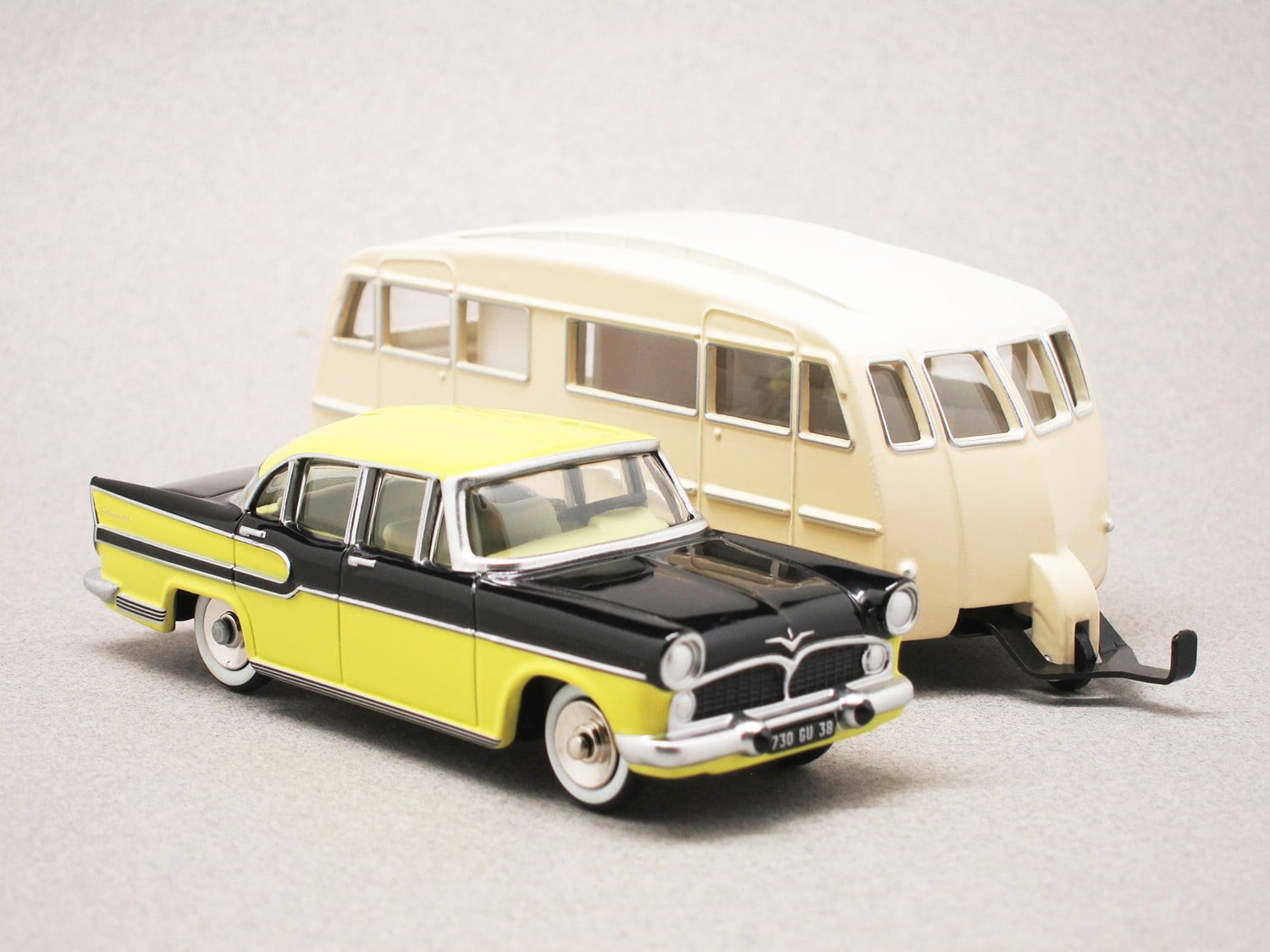
In stock
Simca Chambord yellow & trailer Hénon (Norev) 1:43
La famille Vedette doit ses lignes américanisées au fait qu’il s’agit au départ d’un projet de Ford France. Mais le label est racheté en 1954 par Simca. Les Trianon (4 cylindres), Versailles et Régence sont restylées en 1957 et deviennent Ariane, Beaulieu et Chambord, toutes à moteur V8. Cette dernière, plus luxueuse, est ici reproduite tractant une caravane Hénon.

In stock
Simca Chambord blue & trailer Hénon (Norev) 1:43
La famille Vedette doit ses lignes américanisées au fait qu’il s’agit au départ d’un projet de Ford France. Mais le label est racheté en 1954 par Simca. Les Trianon (4 cylindres), Versailles et Régence sont restylées en 1957 et deviennent Ariane, Beaulieu et Chambord, toutes à moteur V8. Cette dernière, plus luxueuse, est ici reproduite tractant une caravane Hénon.

In stock
Matra Simca Bagheera (Norev) 1:87
Matra s’est associé à Simca pour commercialiser la remplaçante de sa 530. Lancée en 1973, Bagherra a ainsi pu connaître une diffusion plus large. Habillé d’une carrosserie en fibre de verre, ce coupé, ici reproduit avant son restylage de 1976, dispose d’un moteur central et dispose, à bord, de trois places de front. Ce que proposera aussi la Murena, son éphémère remplaçante née en 1980.
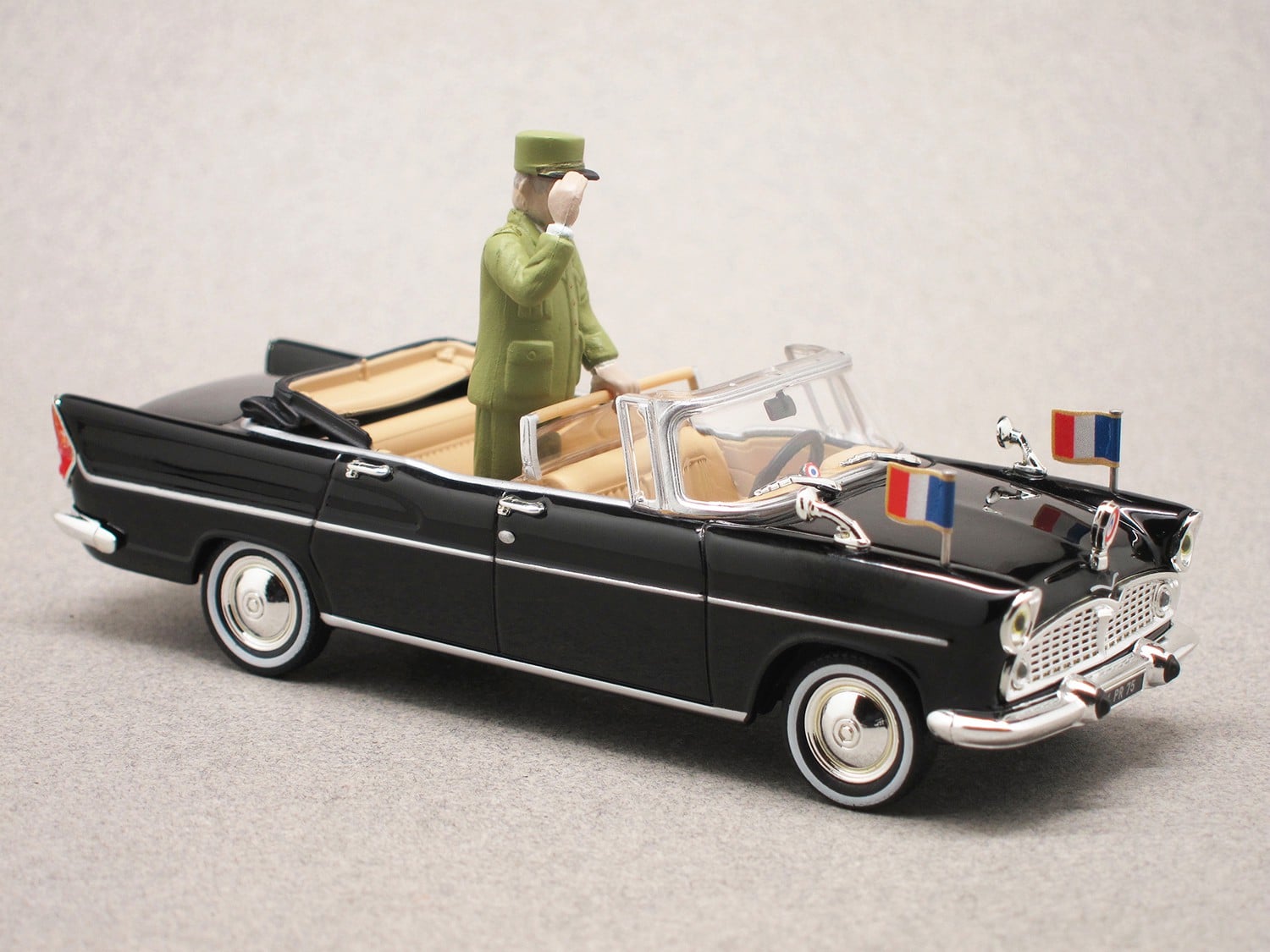
In stock
Simca Chambord Presidential (Norev) 1:43
The American style of the Vedette family is explained by the fact that it was originally a Ford France project. But Simca bought this brand in 1954. Restyled in 1957, the Trianon, the Versailles and the Régence were respectively renamed Ariane, Beaulieu and Chambord. Here we have presidential version of the latter, 18 cm/7 in longer than the original model, produced in 1960.
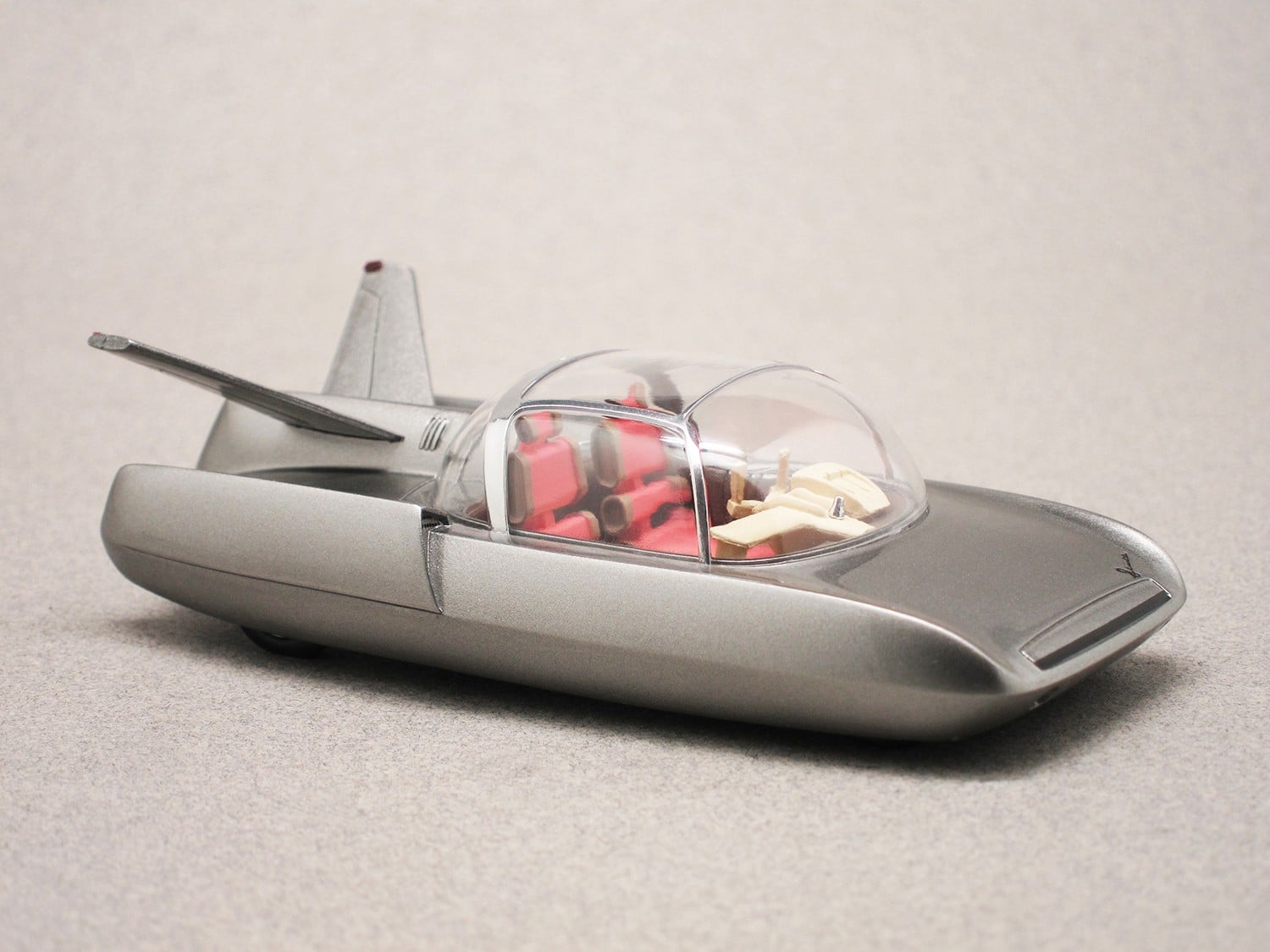
In stock
Simca Fulgur closed (Franstyle) 1:43
Displayed at the 1959 Geneva Motor Show, the Fulgur is Simca's response to a challenge launched by the Journal de Tintin to imagine the automobile of the year 2000. The prototype, designed by Robert Opron (also the stylist of the Citroën GS, SM, CX and Renault Fuego), had no engine. It was supposed to be voice-controlled and to receive obstacle detectors and electromagnetic suspension.
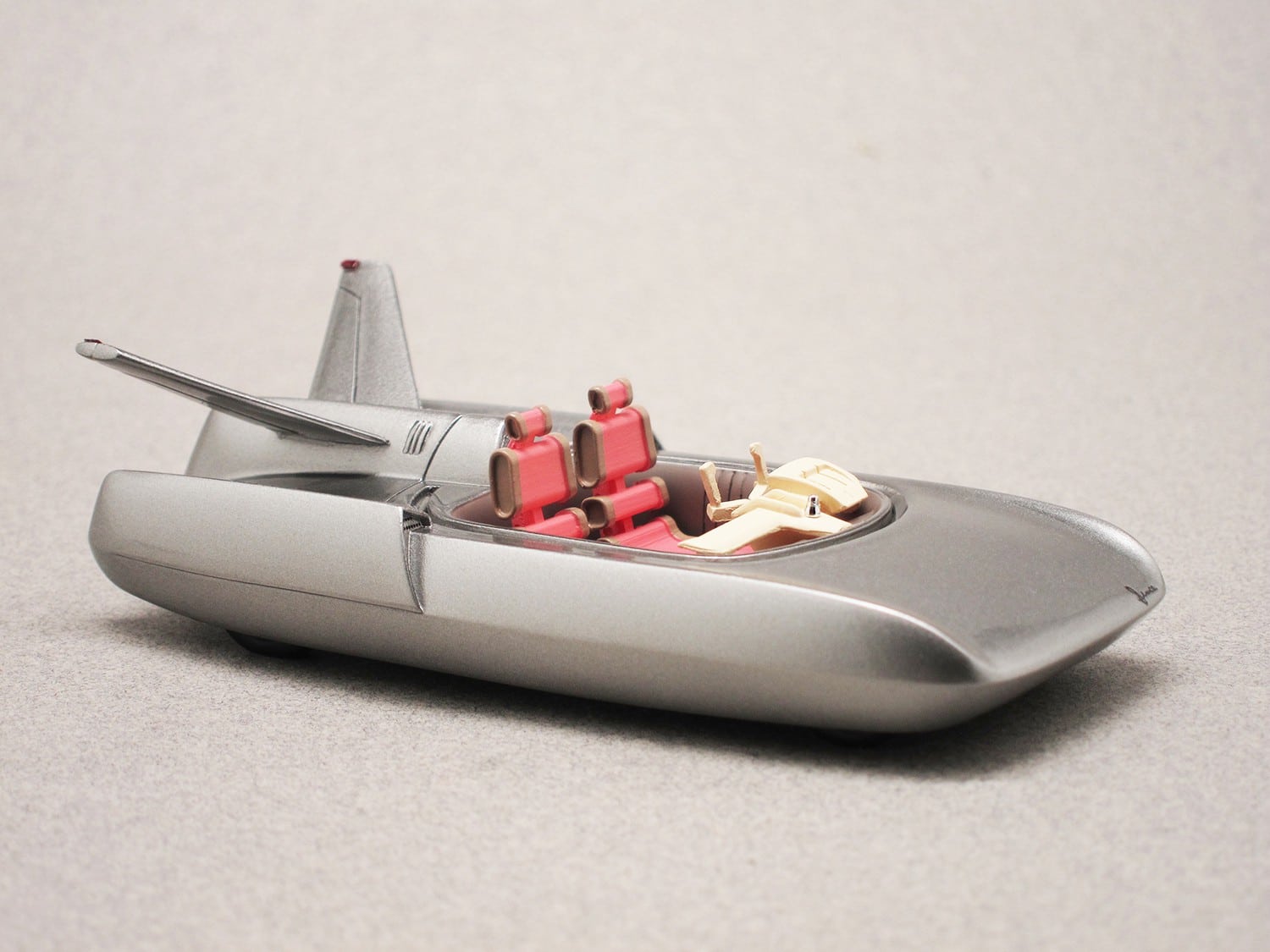
In stock
Simca Fulgur open (Franstyle) 1:43
Displayed at the 1959 Geneva Motor Show, the Fulgur is Simca's response to a challenge launched by the Journal de Tintin to imagine the automobile of the year 2000. The prototype, designed by Robert Opron (also the stylist of the Citroën GS, SM, CX and Renault Fuego), had no engine. It was supposed to be voice-controlled and to receive obstacle detectors and electromagnetic suspension.
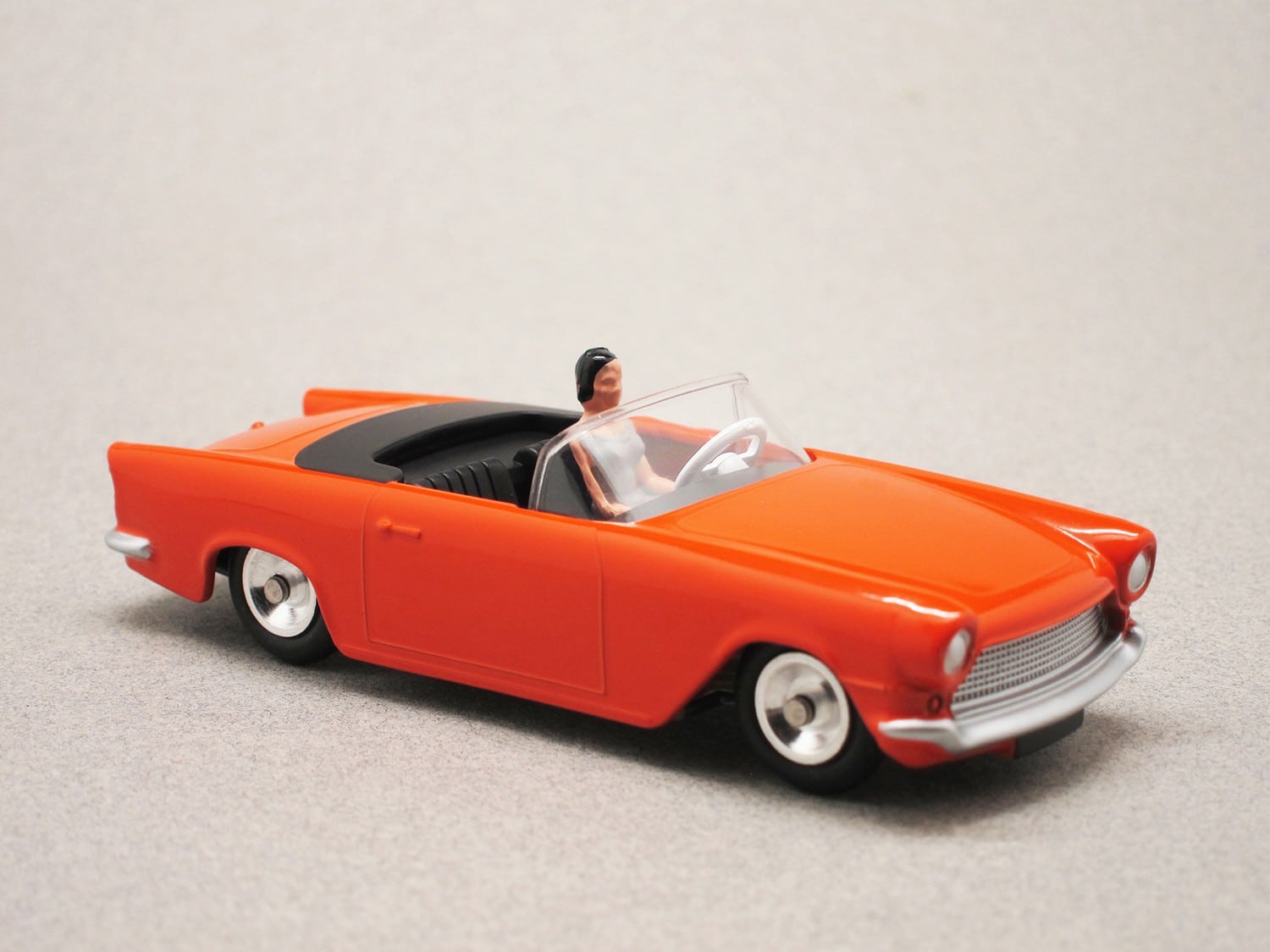
In stock
Simca Océane orange (Solido) 1:43
Revealed in 1956, the Océane features a grille crossed by a thick bar. The production model, in 1957, received the grille that you can see here. The body was produced by Facel Vega, and the convertible version, as well as the Coupé Plein Air, were produced until 1962. As an ultimate evolution, they were both equipped with a 70 hp engine. This is the version that is reproduced here.
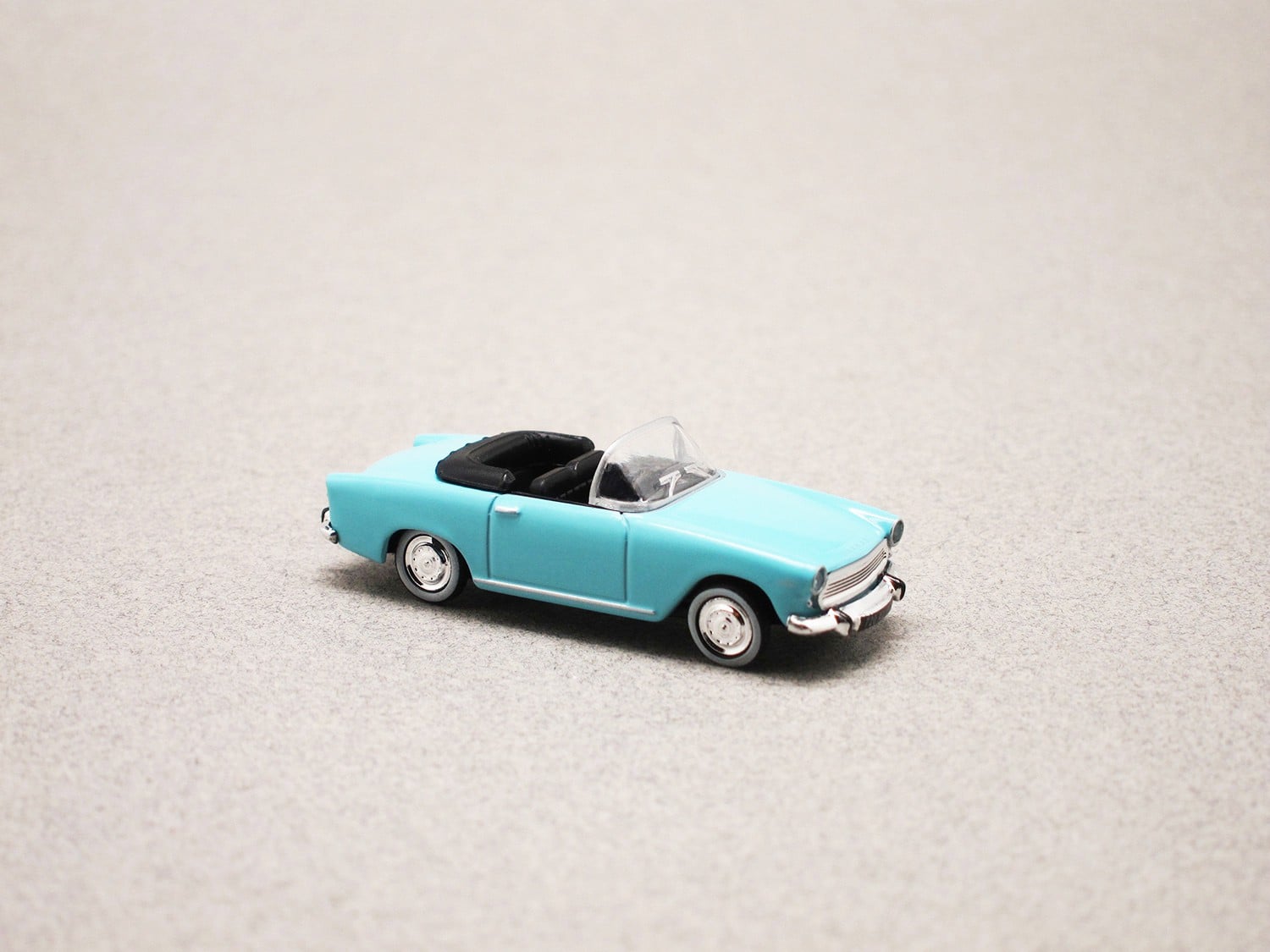
In stock
Simca Océane (Norev) 1:87
Revealed in 1956, the Océane features a grille crossed by a thick bar. The production model, in 1957, received the grille that you can see here. The body was produced by Facel Vega, and the convertible version, as well as the Coupé Plein Air, were produced until 1962. As an ultimate evolution, they were both equipped with a 70 hp engine.
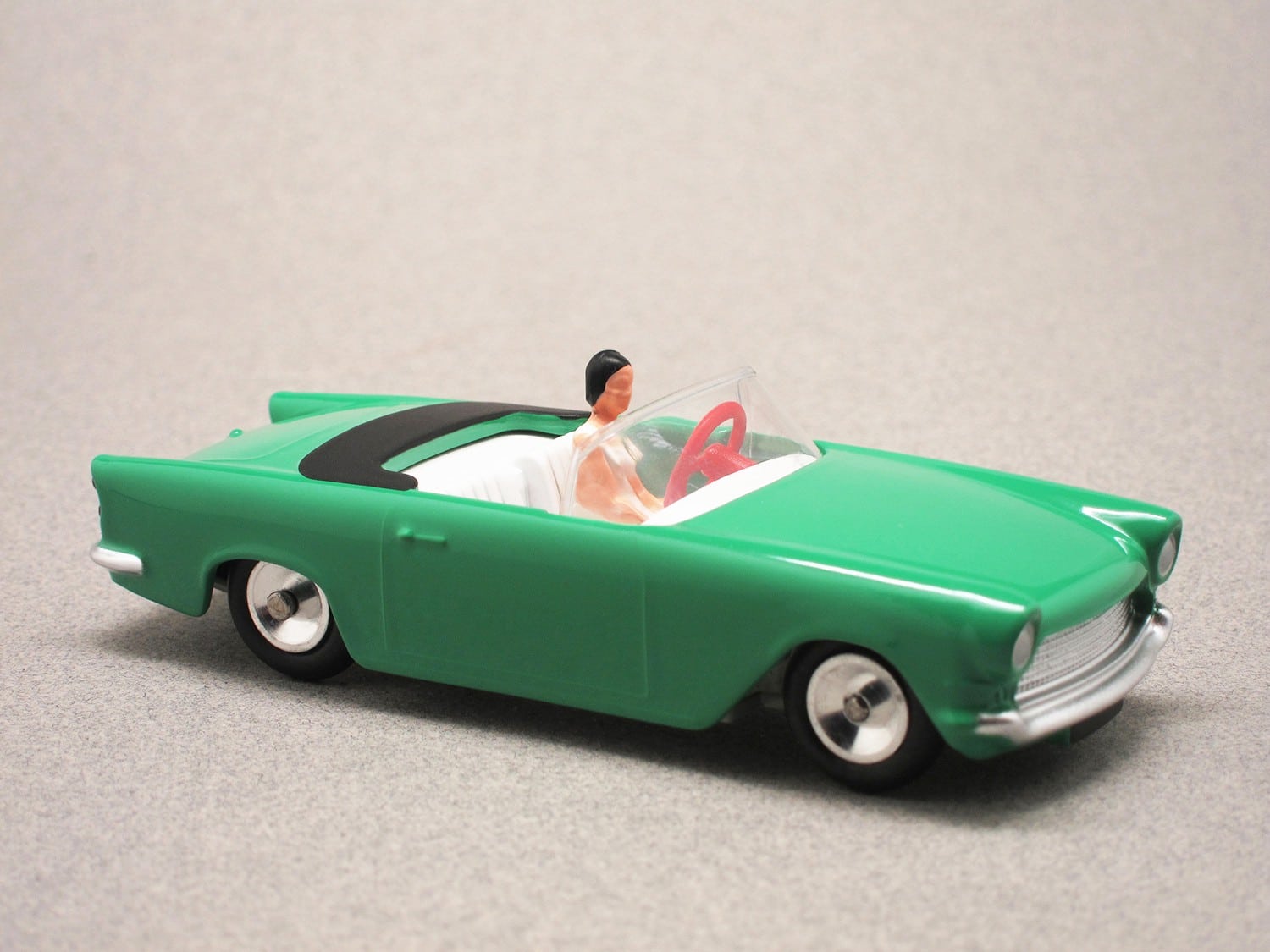
In stock
Simca Océane green (Solido) 1:43
Revealed in 1956, the Océane features a grille crossed by a thick bar. The production model, in 1957, received the grille that you can see here. The body was produced by Facel Vega, and the convertible version, as well as the Coupé Plein Air, were produced until 1962. As an ultimate evolution, they were both equipped with a 70 hp engine. This is the version that is reproduced here.
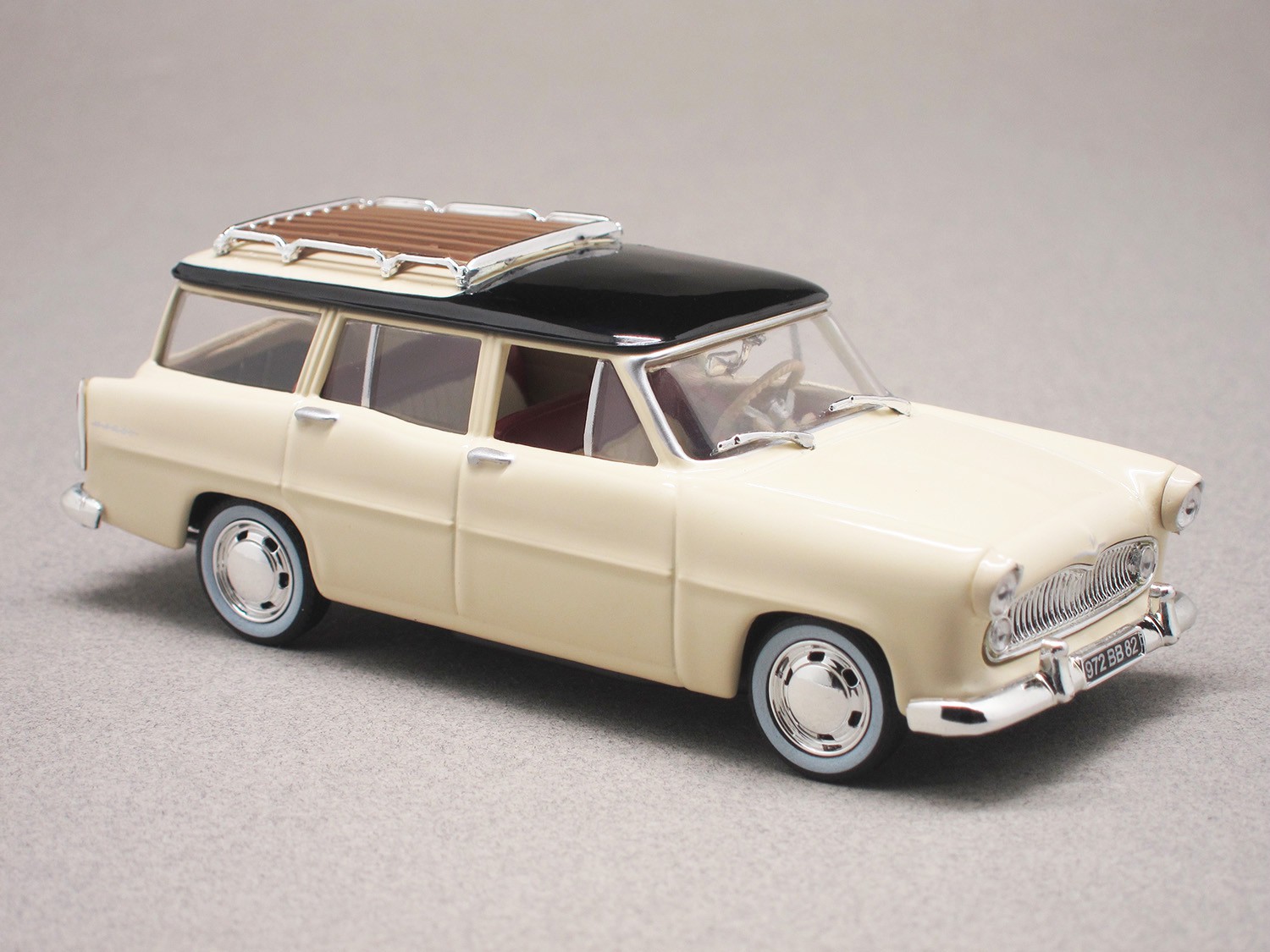
In stock
Simca Marly (Norev) 1:43
The Marly was the estate version of the Simca Vedette. Why was the whole range equipped with a V8? Because initially, this project had been imagined by Ford’s French subsidiary, bought by Simca in 1954. According to Norev, this Marly is a 1957 model year. But before October 1957. After, it received a semi-panoramic windshield inspired by American fashion, which is not the case here.
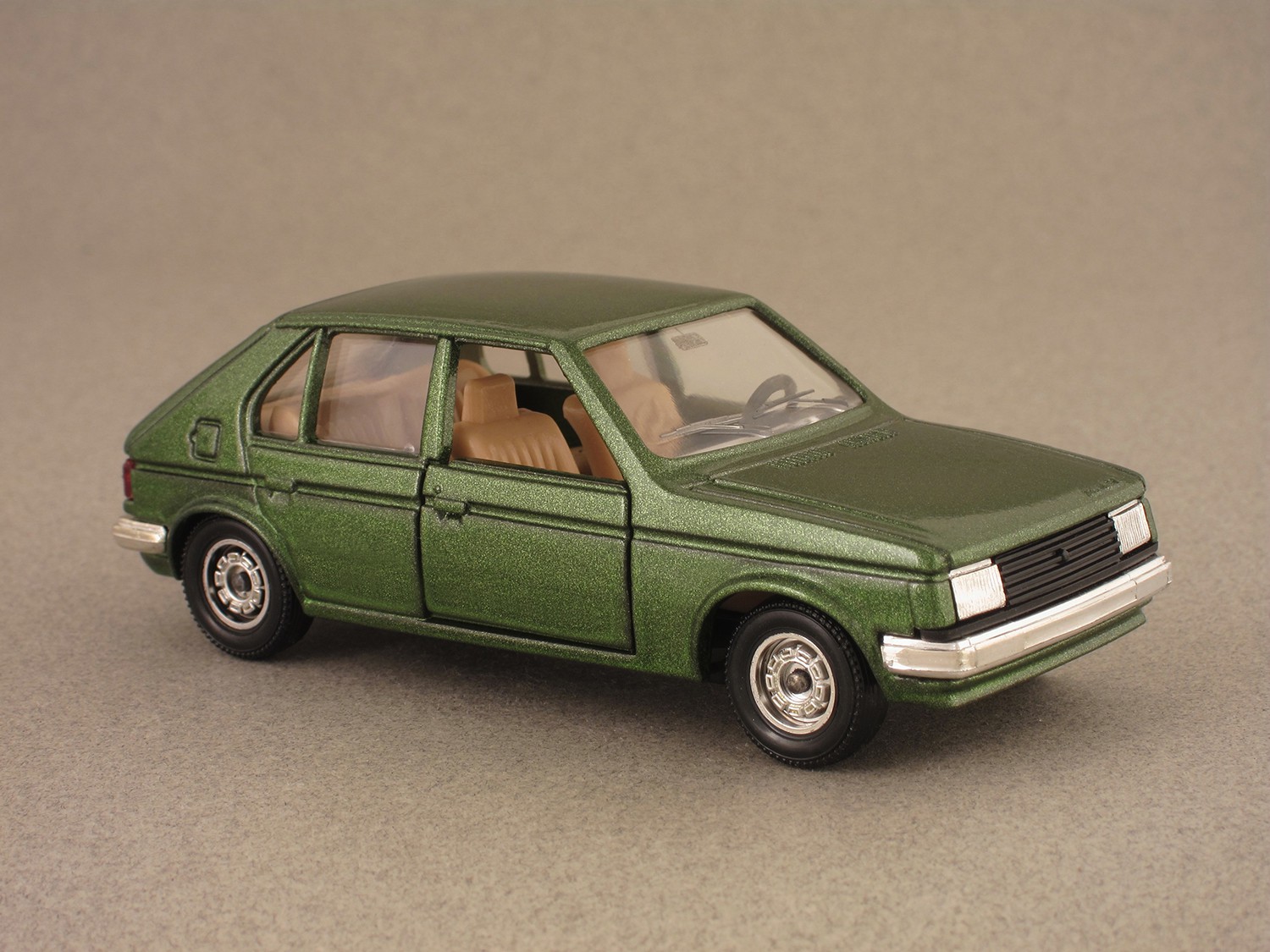
In stock
Simca Horizon green (Solido) 1:43
Launched in spring 1978, the Horizon is the last Simca model. Chrysler sold this brand, whose history is tumultuous, shortly after. Peugeot bought it and renamed it Talbot in summer 1979. This original Solido miniature car was released in December 1978. It is a part of a stock that was never sold, not a re-release. This “new-old” model car has the quality of finish of its time.
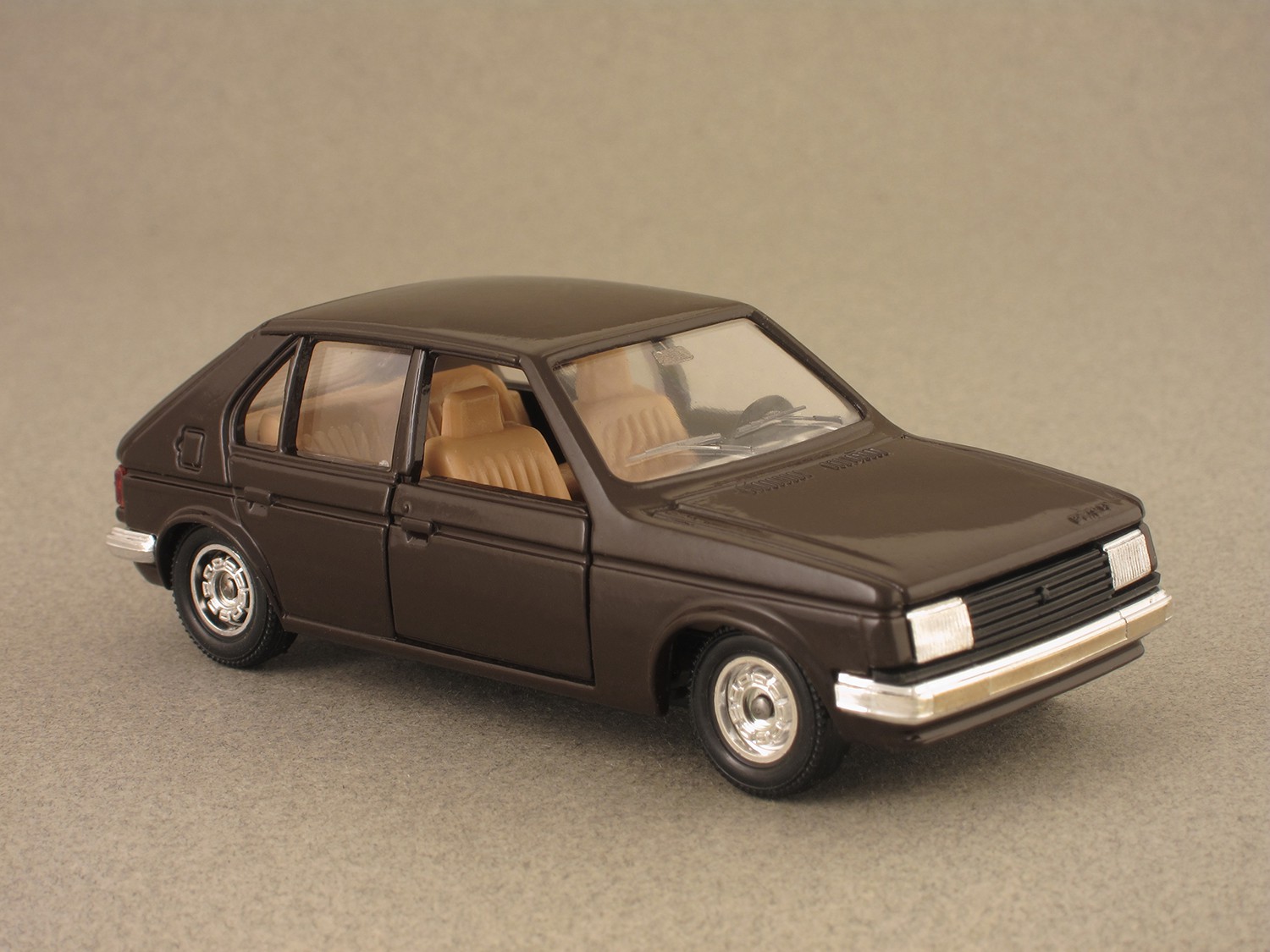
Out of stock
Simca Horizon brown (Solido) 1:43
Launched in spring 1978, the Horizon is the last Simca model. Chrysler sold this brand, whose history is tumultuous, shortly after. Peugeot bought it and renamed it Talbot in summer 1979. This original Solido miniature car was released in December 1978. It is a part of a stock that was never sold, not a re-release. This “new-old” model car has the quality of finish of its time.
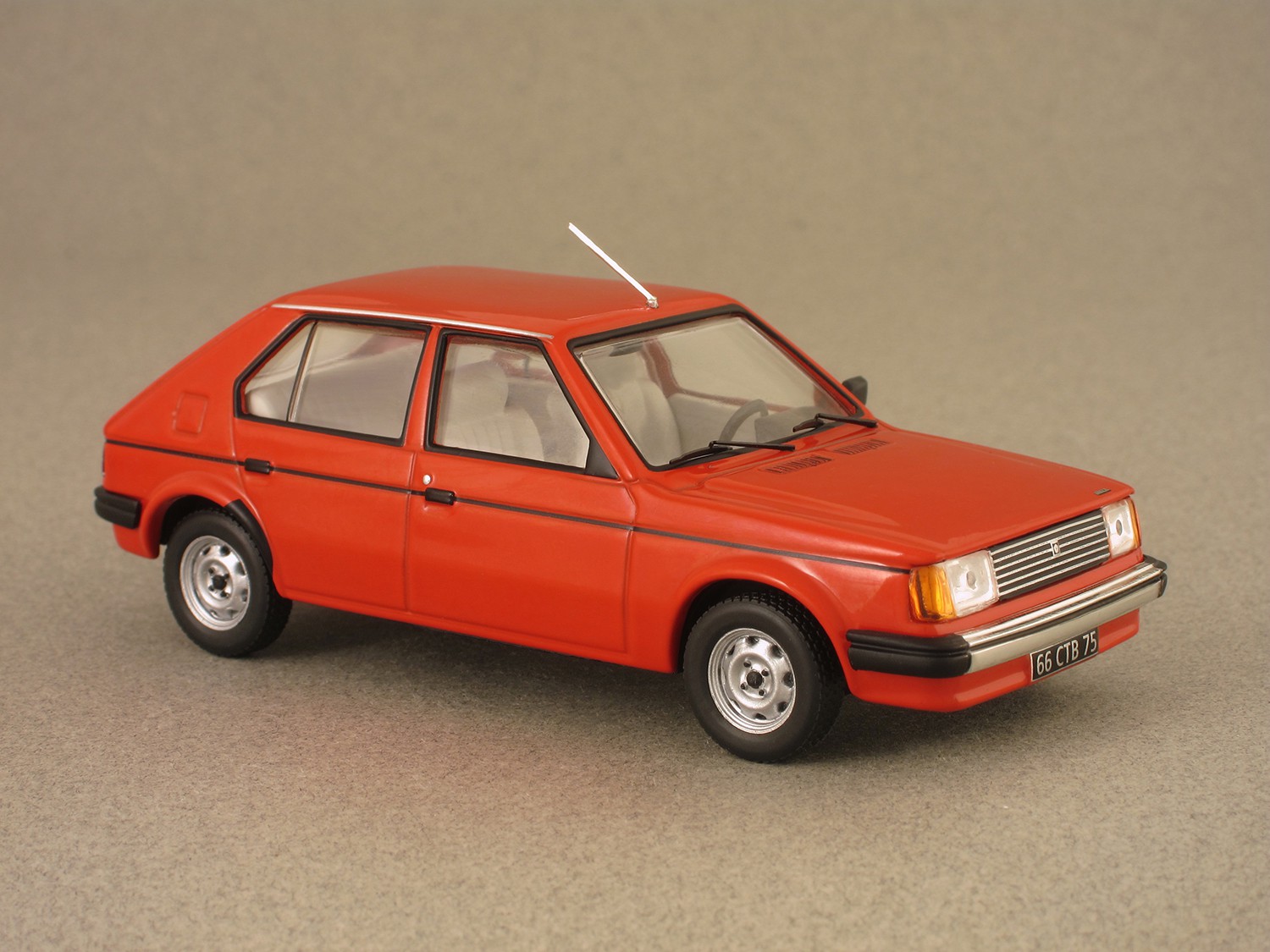
In stock
Simca Horizon GLS 1978 (Odeon) 1:43
Launched in spring 1978, the Horizon is the last Simca in history. A few months later, Chrysler sold this brand, originally created by Fiat and whose history was tumultuous, to Peugeot. The latter renamed the brand Talbot in summer 1979. The Horizon ended its career with this logo, and in the States under the names Plymouth Horizon and Dodge Omni. This Horizon GLS is a 1978 model year.

